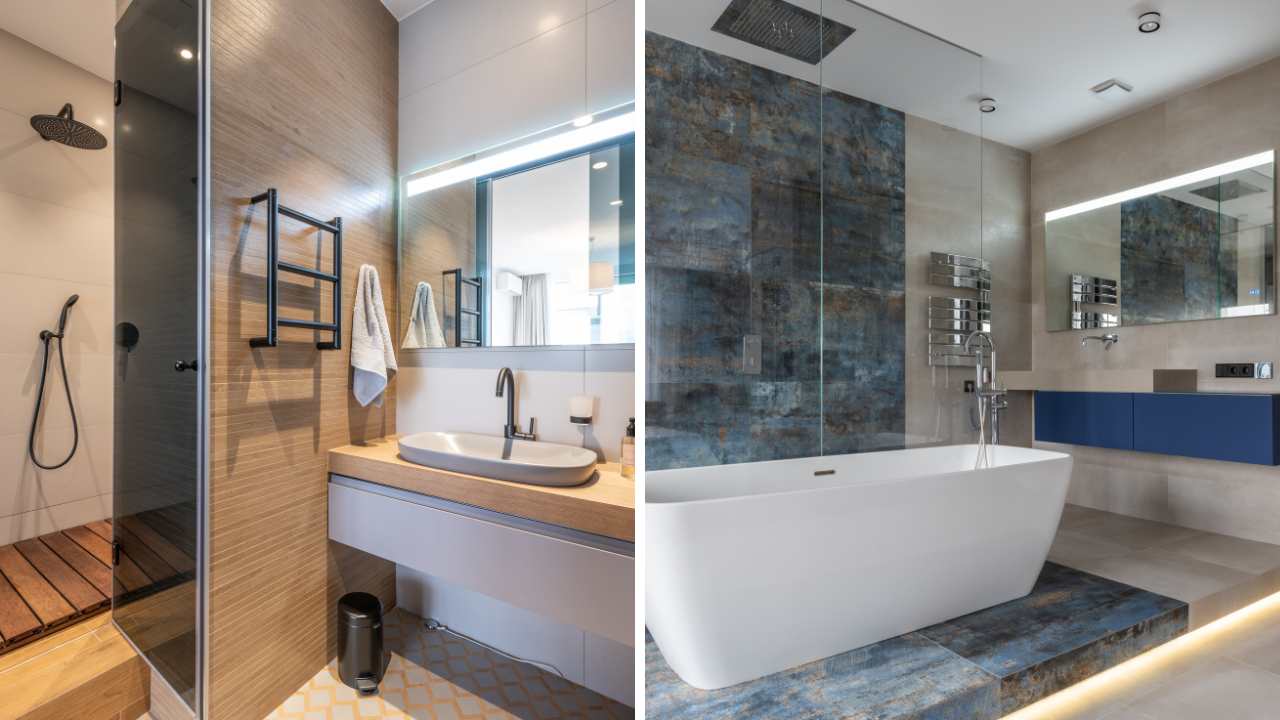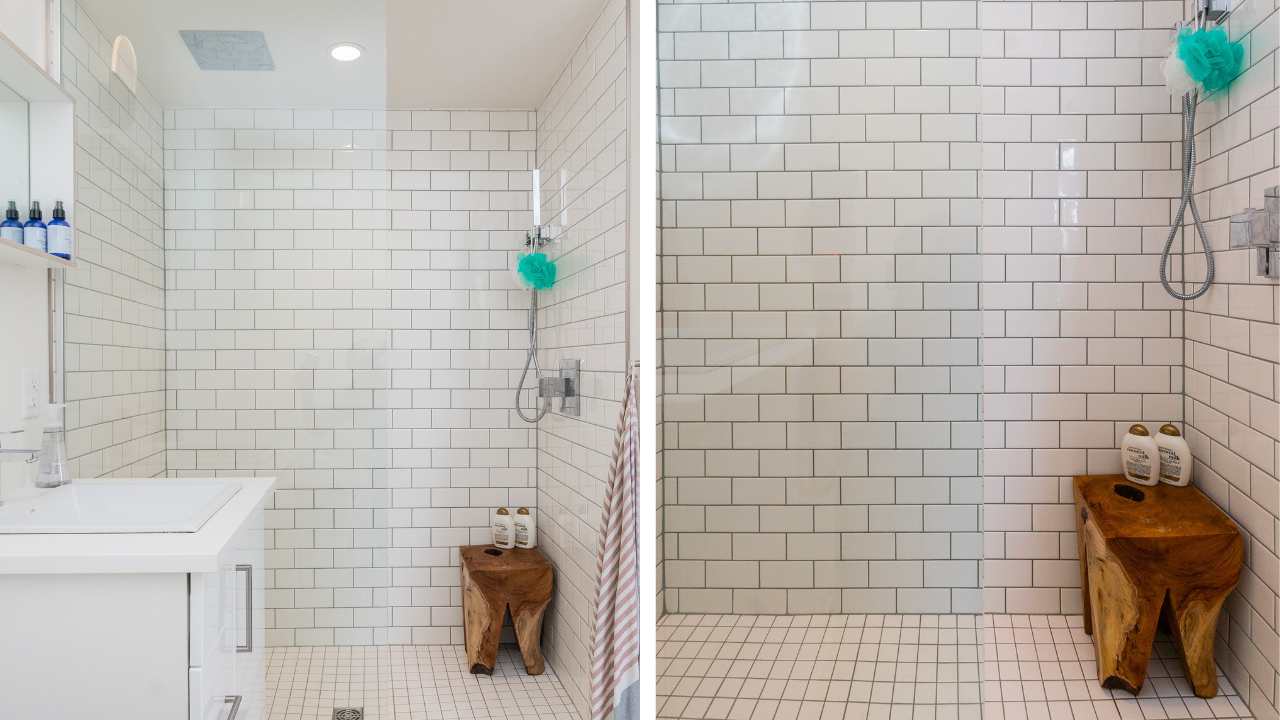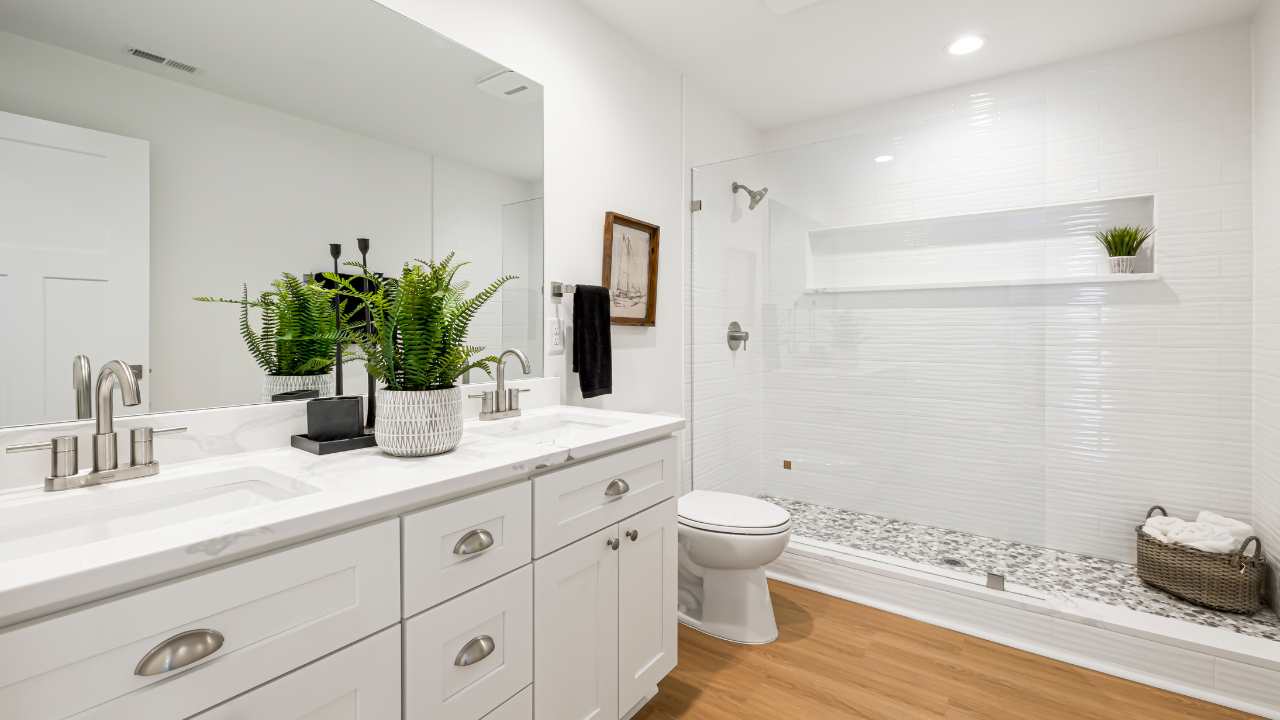Bathroom Safety Tips: Preventing Accidents and Injuries for All Ages
Keep yourself and your loved ones safe in the bathroom with these helpful tips to prevent slips, falls, scalding accidents, and more.

The bathroom is a place where we all go to relax and unwind after a long day. It's where we get ready to face the world and prepare for a restful night's sleep. However, it can also be a place that's full of hazards and risks, especially if you have young children or elderly family members in your home.
According to the Centers for Disease Control and Prevention (CDC), every year, 235,000 people over the age of 15 visit emergency rooms due to injuries suffered in the bathroom. This is why it's essential to take bathroom safety seriously and prevent potential accidents and injuries from happening.
Tips To Improve Bathroom Safety Practices
Everyone has different needs and it can be hard to think of everything that can go wrong. If you don't have experience with the risks different age groups have in the bathroom you may miss something important.
Figuring out the best way to protect everyone in your family can be challenging.
That's why we've put together this guide on everything you need to know about bathroom safety. From the things you need to consider, to best practices for different age groups.
Slip and Fall Prevention:
Slips and falls are one of the most common bathroom accidents. So, choosing the right bath mats and rugs for the bathroom floor is essential in preventing accidents. Look for mats and rugs that have non-slip backing to prevent them from slipping and sliding on the floor. Also, make sure to replace them regularly once they show signs of wear and tear.
Slips and falls are the leading cause of injuries in the bathroom and knowing how to avoid them is key. Having the right rugs or mats is critical to safety and limiting slippery surfaces in the bathroom. The next area is in the bathtub or shower itself.
Keeping your bathroom organized is a good way to prevent you or the ones you love from tripping over objects. Under the bathroom sink organization tends to be where most people get hung up but luckily there are under-sink organizers you can try.
Shower Safety:
Installing grab bars and handrails can provide additional support when entering and exiting the shower or bathtub. Ensure these safety features are sturdy and placed in areas where they can be easily accessed for support.
It's also vital to keep the shower floor clean and dry to prevent slips and falls.

Having a built-in shower seat or even a shower chair can help a lot with protecting you from slips in the shower as well. You will have a place to sit while cleaning eliminating the threat of a slip. Just be sure to have a grab bar to help with standing back up.
Having a nonslip mat is critical in the shower or bath for any age because the soap and water make the surface dangerous and slippery. Having traction can be the difference between a relaxing experience and injury.
Preventing water from leaking out of the shower is necessary to keep your floors dry and if this is a problem you have there are some tricks to fix it.
Bathtub Basics:
Non-slip surfaces increase safety in the bathroom. Ensure your bathtub or shower has a non-slip surface to avoid accidents. Also, ensure that when bathing, you or your loved ones exercise caution and ensure constant supervision.
Be sure to have a non slip mat or mat with suction cups on the tub floor for extra traction. This will help prevent falls and slips in the shower or tub.
If you have little ones more supervision will be required to prevent accidents from happening.
Older adults may need extra help getting in and out of the bath so having a safe surface at both ends is a must. You can also consider having a stabilizing bar on the outside of the tub to help them get in and out on their own safely.
Getting over the bathtub's edge is one of the biggest issues with bathtub safety. If you have an existing tub with a high lip you may want to try installing a walk in curbless shower to reduce risk.

Childproofing Your Bathroom:
When you have children in the house, the bathroom can be a dangerous place. You should always keep the toilet seat closed to prevent children from playing in the water or trying to reach objects or toys in the cabinet. Place medicine cabinets out of reach of curious little hands and always keep your child within sight while in the bathroom.
Use colorful and fun bathroom mats on the bath and shower floors to entertain while keeping the kiddo safe. Make sure that towel racks are secured and won't easily break if the child pulls on them.
Depending on the age of your child you may want to consider child locks on your cabinets and drawers to keep them out of items they shouldn't have.
Elderly Bathroom Safety:
Bathroom safety is crucial for elderly family members. Ensure your bathroom is adapted for aging in place by installing safety features such as shower safety handles, handrails, non-slip mats, and walk-in tubs or showers.
You can also consider raising the toilet seat to assist with mobility issues. The bathroom is the most dangerous room in the house so having adequate lighting is necessary to help you see what is going on. If you have a walk-in shower be sure there is enough light in there. Having glass doors that allow the light in helps with visibility.

Raised toilet seats with grab bars are easy to install and can be added to an existing toilet and help prevent serious injuries.
An added precaution is to ensure someone is aware if an elderly family member plans to have a shower or bath so that they can supervise or provide assistance if necessary.
Toilet Safety:
When using the toilet, ensure stability and accessibility for all users. Install a raised toilet seat for elderly family members to make sitting and standing easier. Also, ensure toilet paper, towels, and other necessities are within easy reach and not located in dangerous or hard-to-reach areas.
The benefits of an elevated toilet seat include easier mobility and getting on and off the seat. They also have toilet safety rails making elevated toilet seats a must for a safe bathroom.
Electrical Hazards:
Water and electricity don't mix, so it's crucial to ensure proper outlet placement, especially near showers and tubs, to avoid electrical accidents. Use GFCI outlets to prevent electrical shocks and avoid using appliances such as hair dryers or razors while in the bath or shower.
If you don't already try to use night lights in the bathroom, and consider using LED ones as they are much safer and don't get as hot.
Medication Storage:
The bathroom is a common area to store medication. Ensure these items are organized and secure. Children or elderly family members may mistake medication for sweets and incorrectly consume them, resulting in accidental poisoning. Therefore, it's best to store medication out of reach or locked away in a safe place.
Water Temperature Control:
Another common accident in the bathroom is burns or scalds from hot water. To prevent accidents, set the thermostat on your water heater to 120°F to avoid water reaching scalding temperatures.
Always be sure to test the water before getting in fully to prevent scalding and prevent accidental burns.
Additionally, install anti-scald valves to your water heater and showers for extra safety. These devices monitor the water temperature and prevent it from getting too hot.
Cleanliness and Hygiene:
Good hygiene is necessary to prevent infections and illnesses. Encourage handwashing, and ensure you regularly clean the bathroom surfaces such as the bathtub, sink, and toilet, to reduce the spread of germs.
Ensure you mop up spills immediately and disinfect toilets, sinks, and showerheads regularly. Also, regularly inspect your bathroom for leaks or signs of mold and mildew. For more tips on how to clean your bathroom check out our guide.
Conclusion: Creating a Safe and Accessible Bathroom Environment for Everyone
When it comes to bathroom safety, it's all about being proactive. There are various steps you can take to prevent bathroom accidents, whether you have young children, elderly family members, or just want to avoid potential risks. Install safety features such as grab bars, handrails, non-slip shower mats, and non-slip surfaces. Ensure proper outlet placement and avoid using appliances near water. Follow these tips, and you can create a safe and accessible bathroom environment for everyone.

